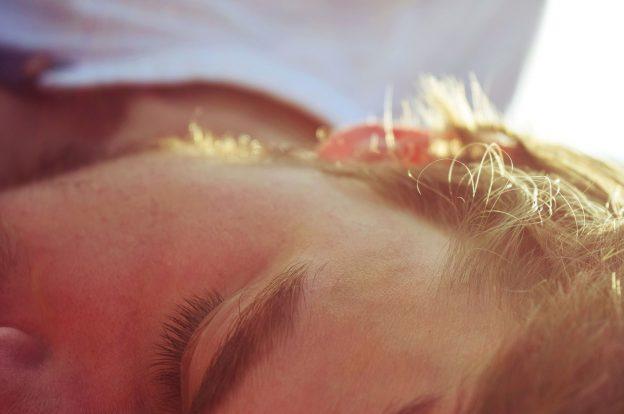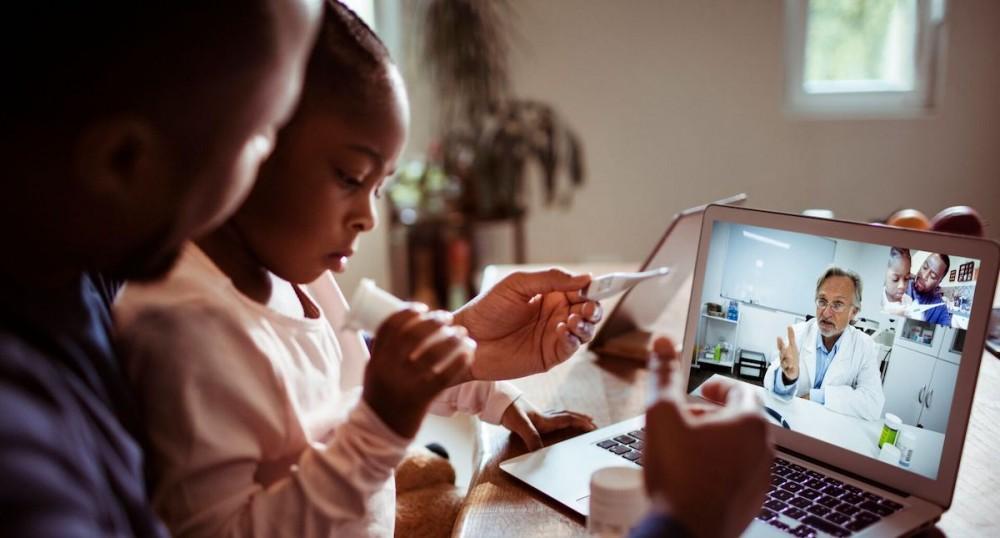
Children First
For my first blog post, I was considering various topics and having some difficulty deciding which topic would be best for my inaugural blog post. Finally, I remembered “I believe the children are our future. Lift them up and let them lead the way. Show them all the beauty they possess inside…” So, I decided to stop channeling Whitney Houston (God rest her soul) and to start with children’s sleep health as my first topic.
Sleep health problems in children are often overlooked. There are many examples of children who have had episodes of sleep walking that eventually resolved on their own. Maybe you know someone who has had the same experience. But, the unanswered question is why did these episodes of sleep walking occur? Based on the available research, and in my own professional experience, sleep walking is usually a sign of an underlying breathing disorder that is occurring during sleep. It may be sleep apnea, or it may be milder form of breathing disturbance. Snoring may be observed, or the parents or caregiver won’t notice snoring at all. These types of variable symptoms can make it tricky to pick up the clues. And unfortunately, many pediatricians and family practitioners do not regularly ask about sleep quality and snoring in children.
So, in many cases the signs and symptoms of sleep health problems in children simply get overlooked. The best and only way to confirm if a child is having a significant sleep disturbance, such as a breathing disorder of sleep, is to do a sleep study. A sleep study requires a child and one of their parents/caregivers to spend the night in the sleep lab. Typically, the child sleeps in the bed alone so the study is not affected by a parent sleeping next to them. We usually ask the parent to sleep in a recliner next to the bed. Nothing done during a sleep study hurts – no needles. We simply use sensors on the head, neck and chest to monitor sleep quality and physiology. The sensors on the head are sticky, and they help us to monitor the brain waves (EEG), so we can determine whether the child is awake or asleep. The brain waves also help us determine what stage of sleep the child is in, and whether they are getting enough deep sleep compared to normal levels. The benefit of a sleep study is conclusive evidence on whether a sleep-related health issue is present or not.
It is important to mention that not all sleep labs are equal when it comes to quality. There are boards for accreditation of sleep labs and sleep centers, and that is a good place to start. However, you can increase your chances of finding a good sleep lab by word of mouth. You can also increase your chances of finding a good sleep lab by doing some research online and looking for a sleep lab that is part of a physician’s practice. These types of sleep labs are generally higher quality compared to sleep labs where there is no physician on-site.
Another recent development in the sleep health industry is the rise of home sleep testing. Home sleep testing is helpful when there is a high suspicion of moderate or severe sleep apnea in an adult. In these cases, the home sleep test will help to confirm the diagnosis adequately. However, home sleep testing is not sensitive enough to pick up mild or borderline cases of sleep apnea in adults. Similarly, home sleep testing is not sensitive enough to pick up sleep apnea or sleep-related breathing abnormalities in children either. This is the main reason why home sleep testing is generally not accepted in children. Plus, can you imagine trying to keep all the sensors on a child while they’re sleeping at home? Most parents won’t want to deal with that. Kids who are not sleeping well have a tendency to be very restless sleepers, so it is very likely the home sleep testing monitoring equipment will not stay on for an adequate amount of time, much less all night. So the quality of home sleep testing in children is likely to be poor and unsatisfactory in most cases.
With a sleep study in the sleep lab, the child is monitored by a sleep technologist, who can go into the bedroom to replace sensors when they become loose during the night. This type of attended study yields higher quality results.
If a diagnosis of sleep apnea or other sleep-related breathing disorder is confirmed by the sleep study, then the treatment options should be discussed with your doctor. In children with sleep apnea, surgical removal of the tonsils and adenoids (tonsillectomy and adenoidectomy) is considered the first line treatment. Often, this will result in reduction or even elimination of sleep apnea, along with a reduction in symptoms associated with restless sleep. A follow up sleep study 2-3 months after surgery is recommended in case the child continues to experience signs and symptoms of sleep apnea. In these cases, if the post-operative sleep study confirms persistent sleep apnea, then other treatment options need to be considered. Maxillary expansion through orthodontics can be helpful in some cases. However, more and more we are seeing children and teens that have residual sleep apnea that are only getting relief from CPAP treatment. CPAP treatment is the treatment modality of choice in adults with sleep apnea. Using CPAP in children is more challenging, but it can be done successfully. The real key to successful implementation of CPAP in kids is by educating the child and the family as a whole about CPAP. It also takes a buy-in from the parents on making an effort to achieve success with CPAP treatment. Often, in the first month of treatment, parents will need to check up on their little one to ensure she is keeping the mask on throughout the night. The more time spent sleeping with CPAP during the night, the better the results with treatment. Until we discover a better treatment for sleep apnea in children, we need to use what we have. And if tonsillectomy and adenoidectomy is not completely successful (or not an option to begin with), then CPAP treatment should be strongly considered and attempted. After all, there’s not much to lose with a trial of CPAP for 1-2 months. Most of the resulting improvement in symptoms will occur during that time, so you can judge for yourself.
You Might Also Enjoy...

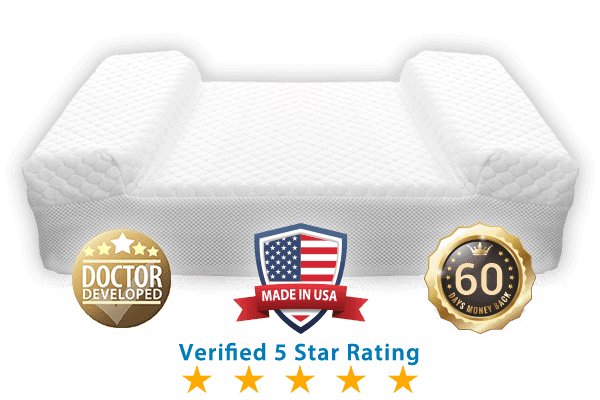
Dr. Kakar Products
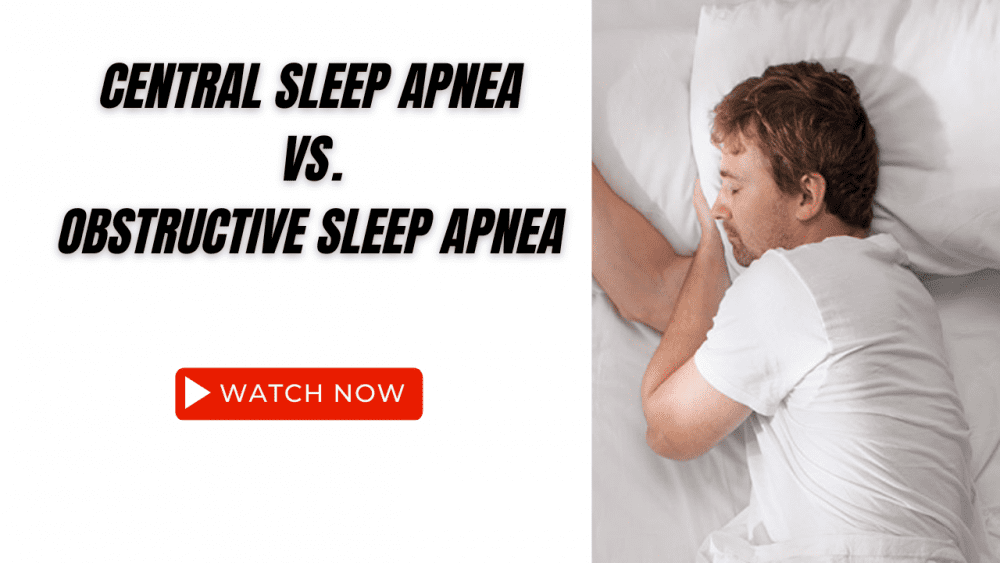
Central apnea vs. Obstructive sleep apnea
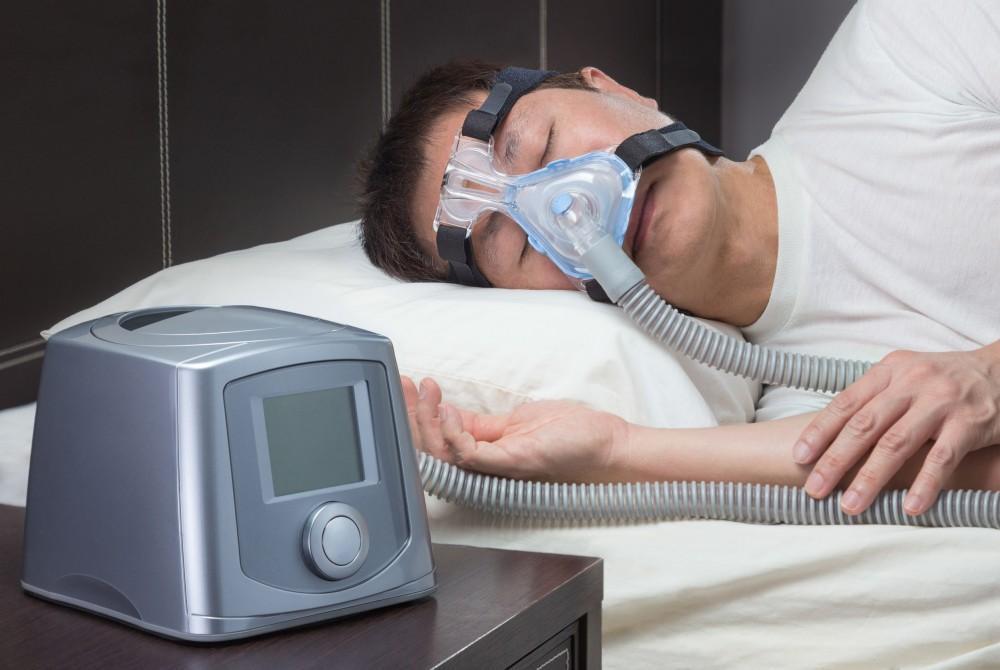
Warning to Patients about Ozone Cleaners

Ways to Help You Keep Hope Alive
